Description
Key Components and Functionality:
- Infrared Source: Emits infrared radiation across a specific wavelength range.
-
Sample Cell: Contains the gas sample to be analyzed.
-
Detector: Measures the intensity of the infrared radiation transmitted through the sample cell.
-
Optical System: Guides the infrared radiation through the sample cell and to the detector.
-
Electronics: Processes the detector signal, converts it into a concentration reading, and displays the results.
Types of Infrared Gas Analyzers:
-
Non-Dispersive Infrared (NDIR) Analyzers:
- Employ a filter to select a specific wavelength of IR radiation that is strongly absorbed by the target gas.
-
A reference cell filled with the target gas is used to compensate for variations in the IR source intensity.
- Simple, robust, and widely used for measuring gases like CO2, CO, and CH4.
-
Fourier Transform Infrared (FTIR) Analyzers:
- Utilize an interferometer to split the IR radiation into two beams, which are then recombined to create an interference pattern.
-
Fourier Transform analysis of this interference pattern yields the complete infrared spectrum of the sample.
-
Highly versatile, capable of identifying and quantifying multiple gases simultaneously.
Applications:
- Environmental Monitoring: Measuring greenhouse gases, air pollutants, and other atmospheric gases.
-
Industrial Process Control: Monitoring and controlling combustion processes, optimizing fuel efficiency, and ensuring emissions compliance.
- Medical Applications: Analyzing respiratory gases for diagnostic purposes.
- Scientific Research: Studying atmospheric chemistry, climate change, and other environmental phenomena.
Advantages:
- High Sensitivity and Specificity: Can detect and quantify trace amounts of gases with high accuracy.
-
Non-Destructive: The measurement process does not alter the sample.
- Versatility: Suitable for measuring a wide range of gases in various environments.
Limitations:
- Interference from other gases: Some gases may absorb IR radiation at similar wavelengths, potentially interfering with the measurement.
-
Limited to IR-active gases: Only gases that absorb IR radiation can be measured


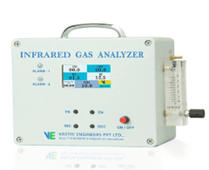
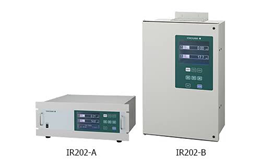

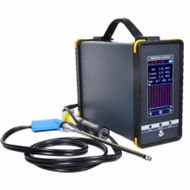


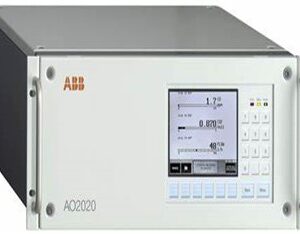
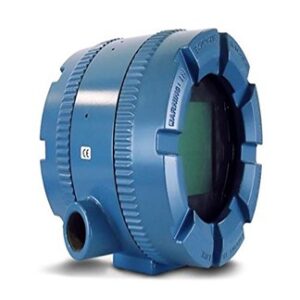
Reviews
There are no reviews yet.